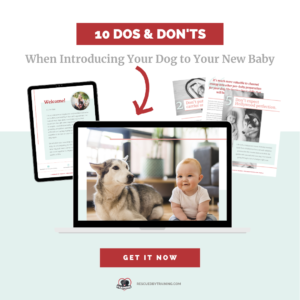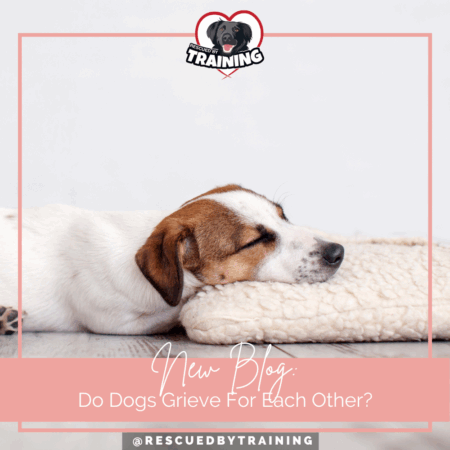When I did in-person sessions I would often walk into a home and the kids would yelling at the dog or saying “NO” to it or pushing its butt down to try to get the dog to sit. And my immediate thought was always “well, I know where they learned that!” Today’s topic is the important topic of modeling behavior.
As adults, you need to be aware of what you model and how you interact with dogs, especially around children. Children are excellent imitators and are always learning and paying attention. Children imitate adult behavior, so you need to be really conscious and think about how you’re interacting with your dog around your children. How are you talking to the dog? How are you training the dog? How are you treating the dog? Are you hugging and kissing the dog (please don’t)?
A trusted, familiar adult is very different to a dog than an unfamiliar adult or a scary baby or toddler and a dog will likely tolerate more from a trusted adult than they would from a child. Even if your dog tolerates being hugged or kissed by you, that’s not something you want to teach your child to do. You don’t want them then going to a neighbor’s dog and hugging and kissing that dog, who likely isn’t going to be as tolerant. 77% of dogs bites are from familiar dogs so we really need to teach our children proper, safe greeting rituals and properly supervise all child-dog interactions. This includes teaching children to not crowd dogs, not rush up to them, not reach out towards them and definitely no hugging or kissing.
Children also don’t have any dog body language awareness so while a dog may be communicating they’re uncomfortable around a child, the child won’t know to stop or back away to give the dog safety or space. (Honestly a lot of adults have a hard time interpreting dog body language! This isn’t something we should expect a child to do!)
So, let’s be aware with what you’re modeling and set a good example and supervise all interactions to help set your dog up for success and to help keep your baby or toddler safe.
If you’re expecting a baby, grab your Bringing Home Baby self-paced course today so you can prepare your dog and your household for all the upcoming changes so everyone – the humans and the dog – are set up to be successful, safe and happy. Or if you prefer a one-on-one session you can schedule a pre-baby prep session with me here. Remember, the sooner the better. A lot of the skills and training we need to do with your dog to help them prepare for your baby take time and can’t just be trained in a week or a month, so as soon as you know you’re expecting is the best time to schedule a session!
And, be sure to grab my download, 10 Dos and Don’ts When Introducing Your Dog to Your New Baby.
Happy training!
![]()





